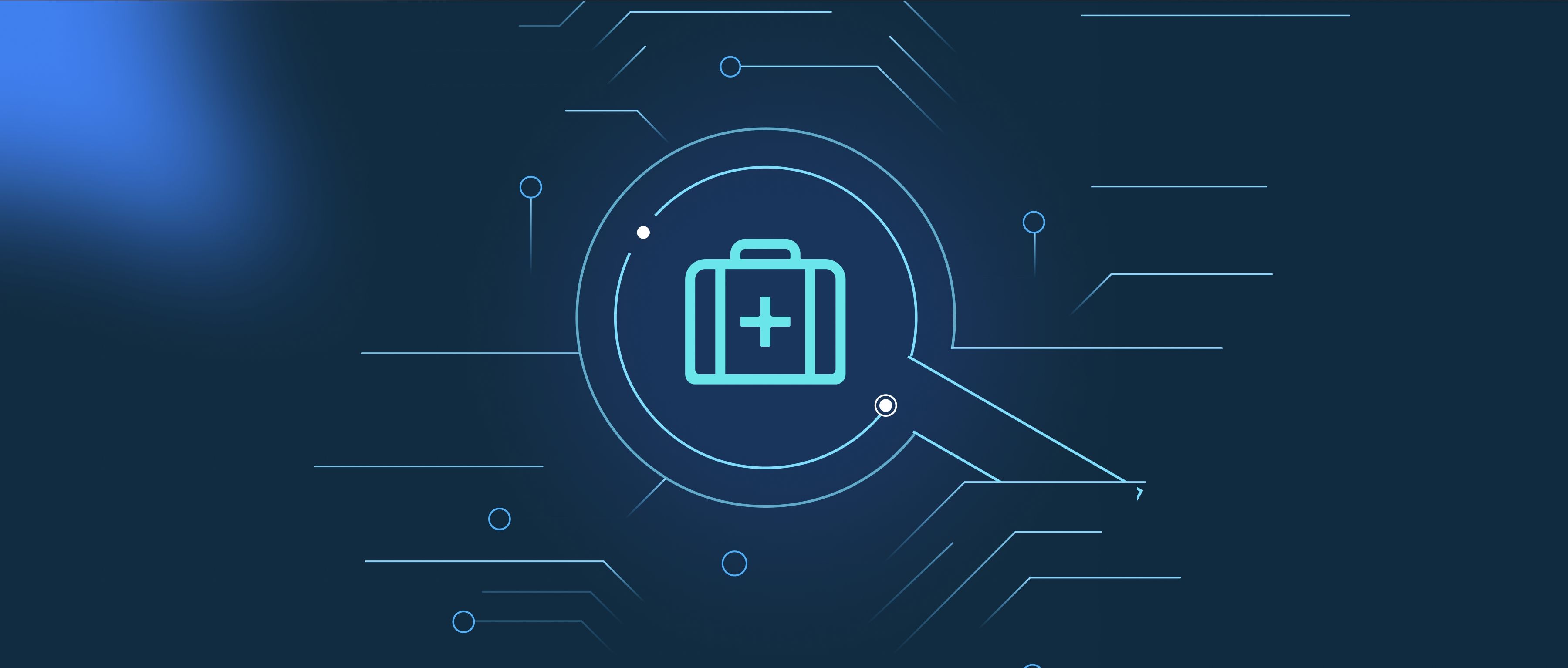Predictive analytics is a branch of data analysis focused on making predictions about future events based on historical data and statistical algorithms. It employs various techniques, including machine learning, statistical modeling, and data mining, to analyze patterns and trends from past data. By understanding these patterns, businesses and organizations can anticipate future outcomes and make informed decisions. For example, retailers can use predictive analytics to forecast sales during specific seasons, helping them manage inventory more effectively.
To implement predictive analytics, organizations typically follow a process that involves data collection, data cleaning, modeling, and deployment. First, relevant historical data is gathered from various sources, such as transaction logs, customer interactions, or sensor readings. This data often requires cleaning and preprocessing to remove errors and inconsistencies. Once the data is ready, developers use statistical models or machine learning algorithms to identify trends, correlations, and patterns. For instance, regression analysis could help determine how different marketing strategies impact sales over time.
Finally, the predictive models are tested and validated to ensure they produce accurate forecasts. After fine-tuning, these models can be deployed in operational systems where they can generate real-time predictions. An example might be a bank using predictive analytics to assess the likelihood of loan default, enabling them to make more informed lending decisions. By integrating these predictions into their workflows, organizations can gain a competitive advantage and optimize their operations.
